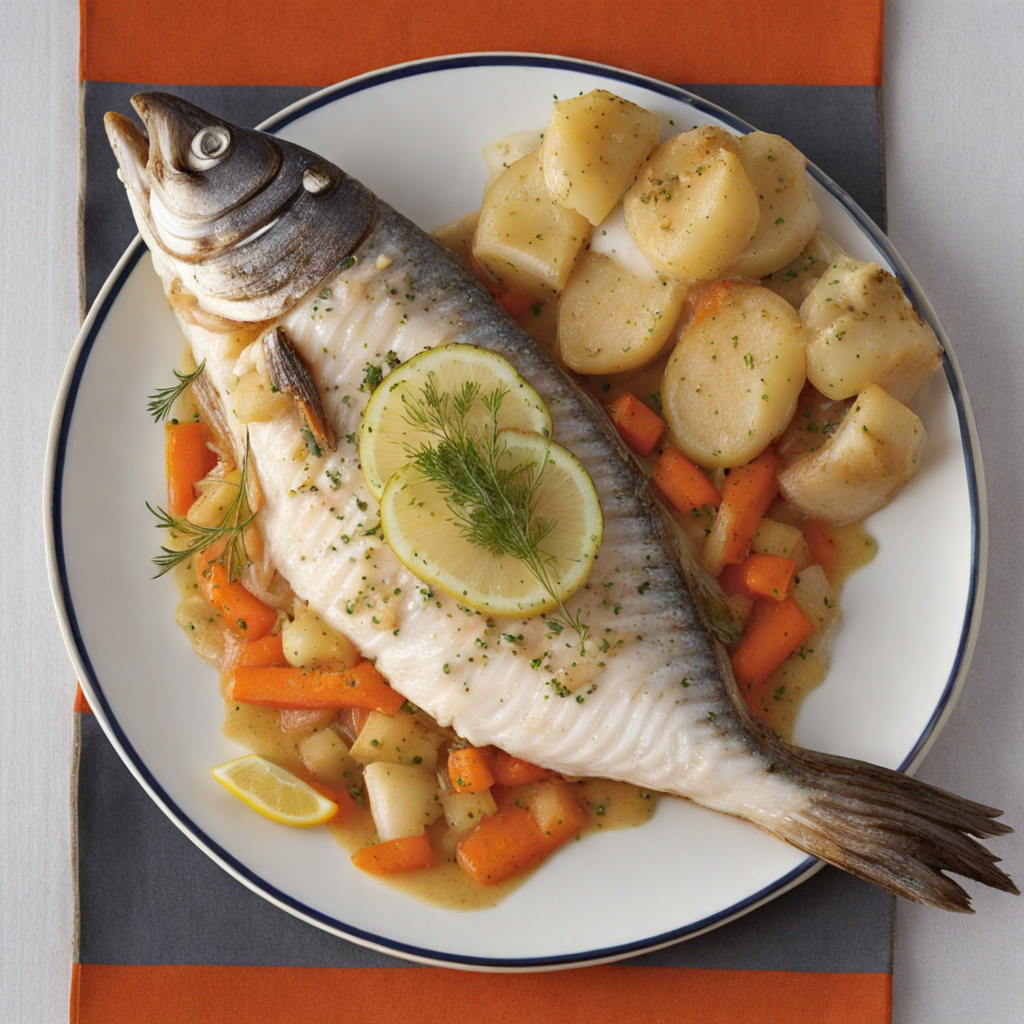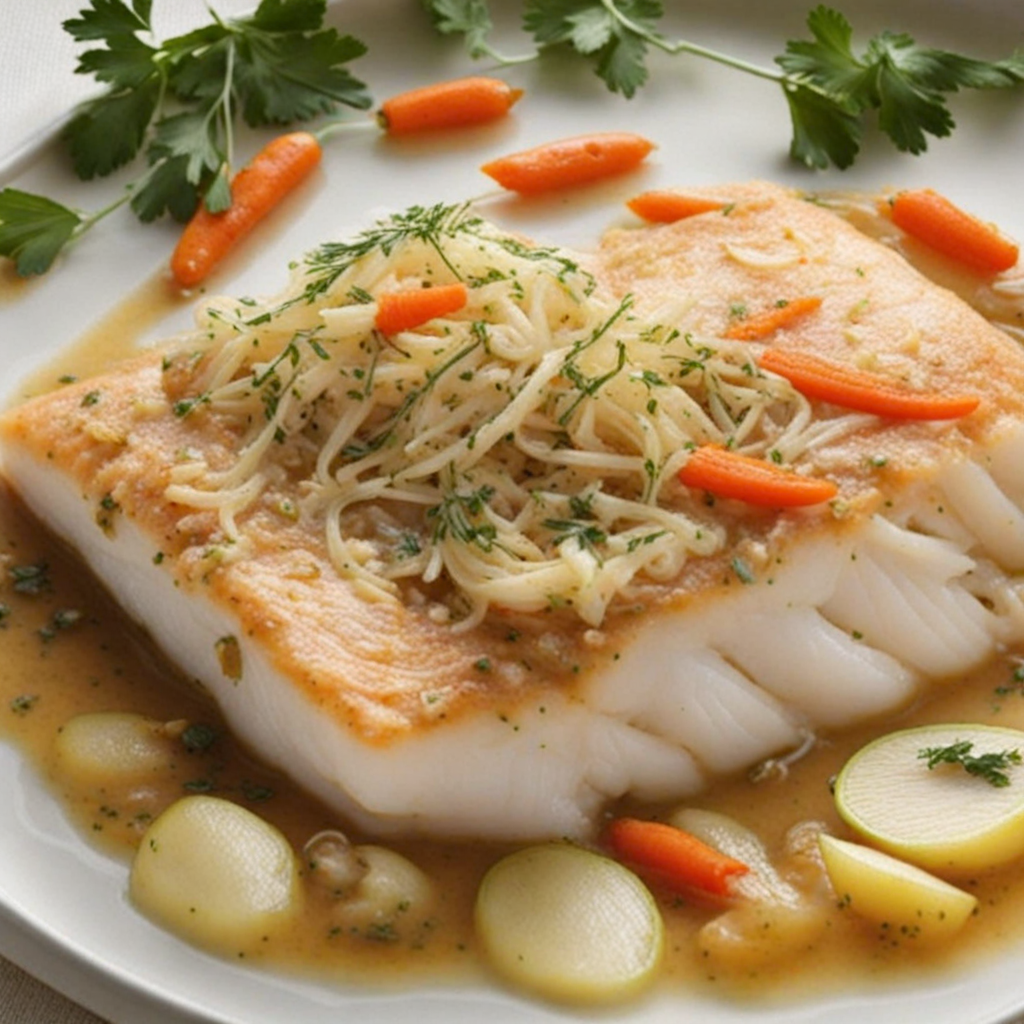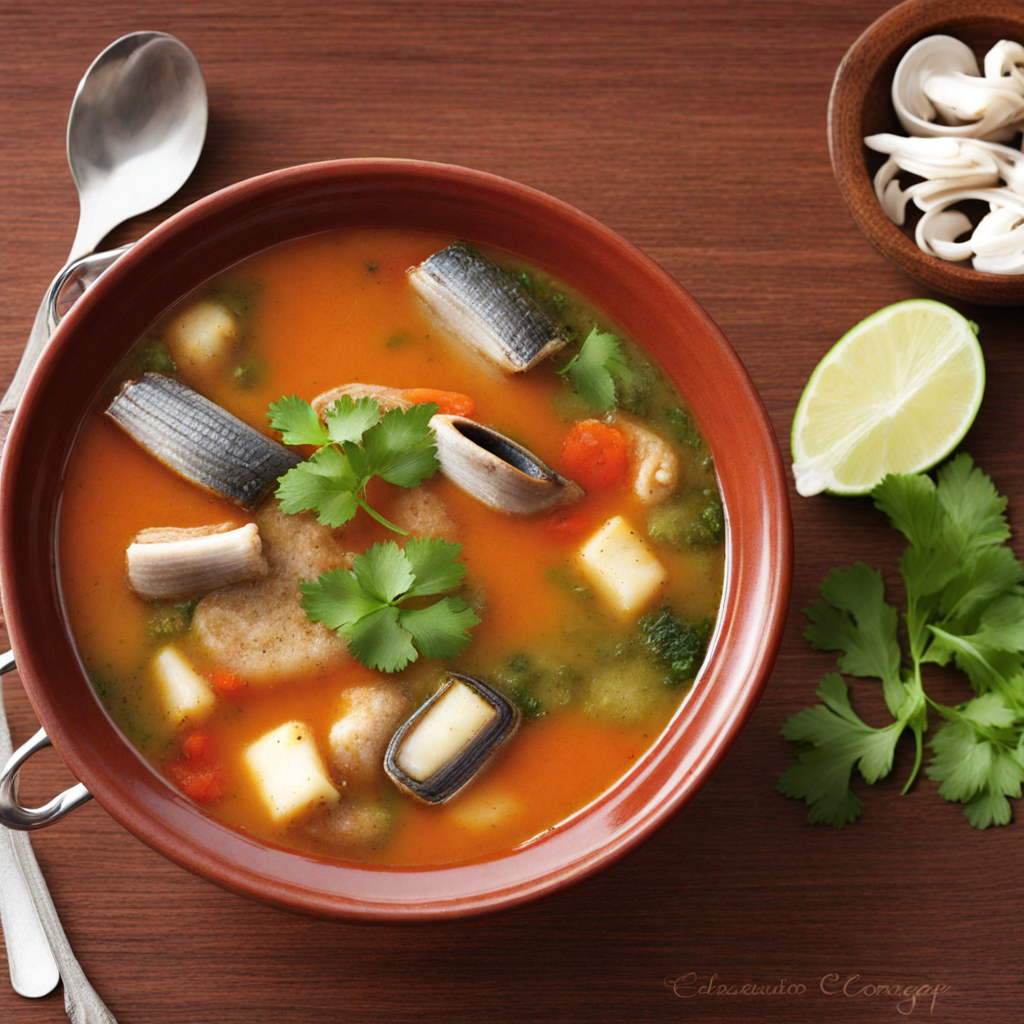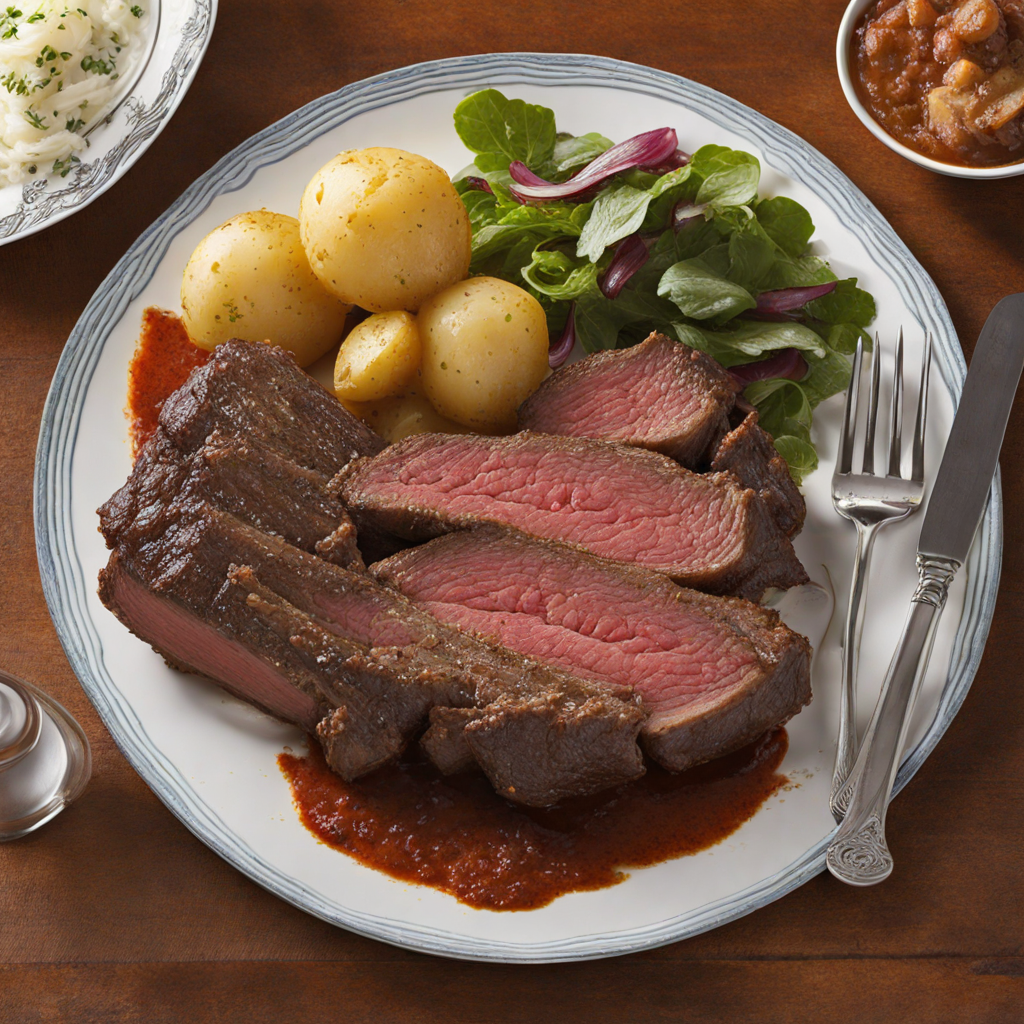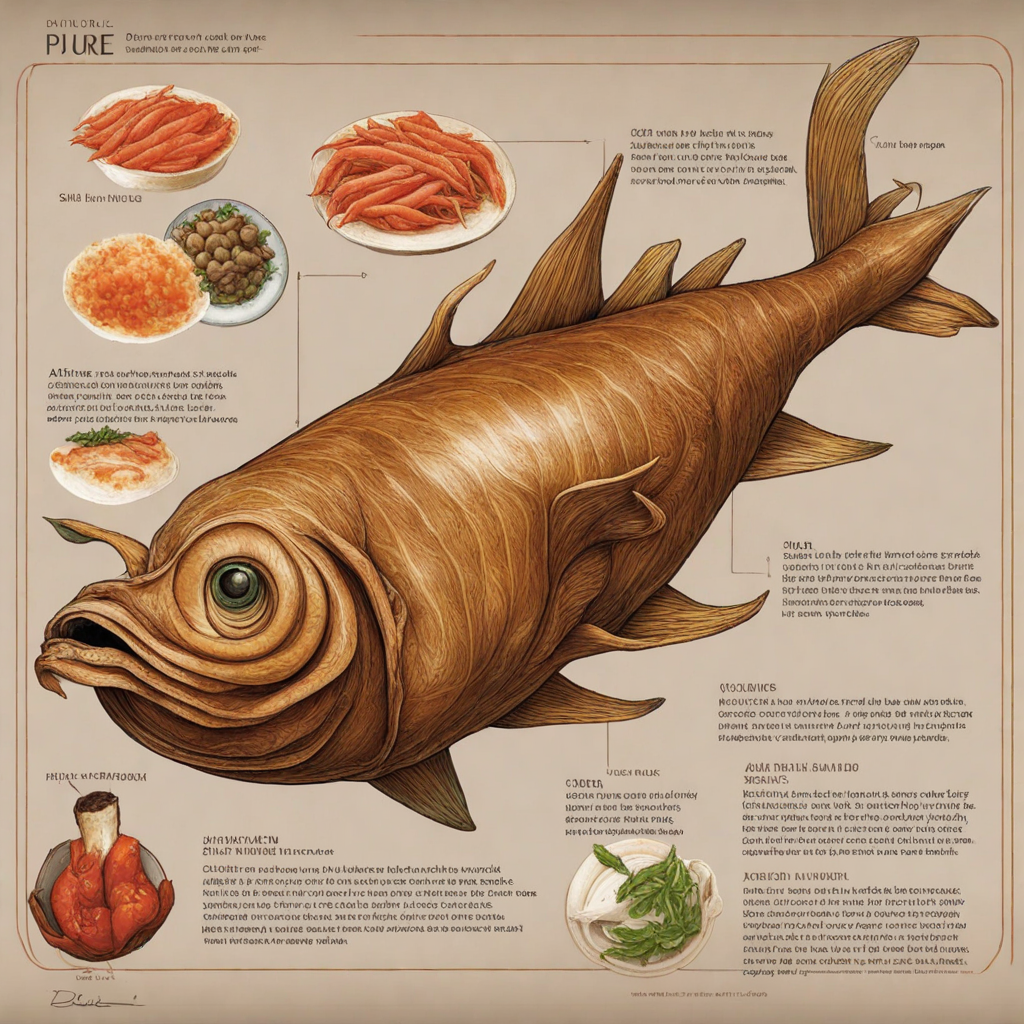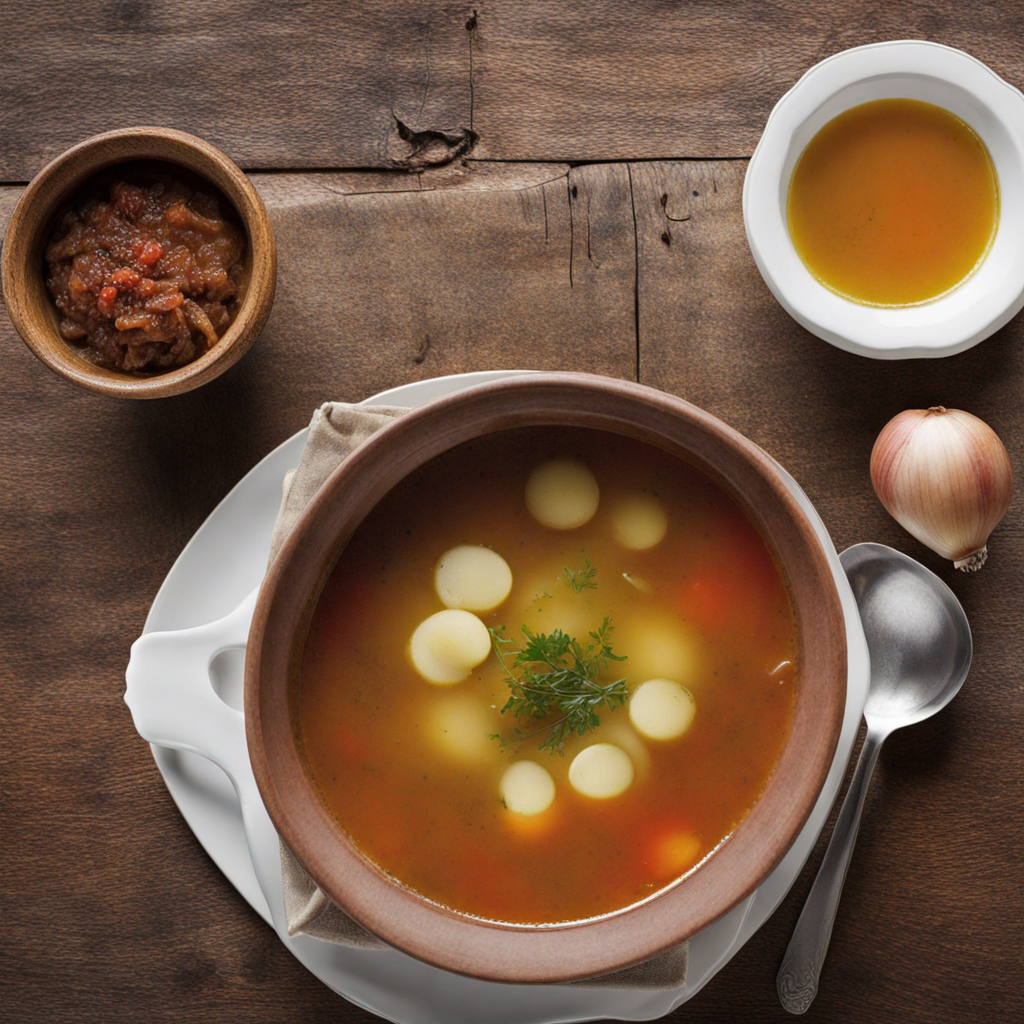Merluza a la Chilena
Merluza a la Chilena is a delightful dish that showcases the culinary richness of Chilean cuisine, centered around the flaky, white fish known as merluza, or hake. This dish is typically prepared by pan-searing or baking the fish until it reaches a tender, moist texture. The focus on fresh, high-quality ingredients is essential, as the merluza is often accompanied by a vibrant medley of vegetables such as onions, tomatoes, and bell peppers, which add both flavor and color to the plate. The combination of these ingredients creates a harmonious balance that highlights the natural sweetness of the fish. What sets Merluza a la Chilena apart is its exceptional seasoning and preparation. The fish is typically marinated in a mixture of lime juice, garlic, and a touch of paprika, which infuses it with zesty flavors. Once cooked, the dish is often garnished with fresh herbs such as cilantro or parsley, adding a refreshing brightness that complements the savory elements. The use of olive oil in the cooking process not only enhances the taste but also contributes to a silky texture, making every bite a delight. Served alongside traditional accompaniments like steamed potatoes or a fresh green salad, Merluza a la Chilena is more than just a meal; it's an experience that reflects the coastal heritage of Chile. The dish captures the essence of Chilean cooking, emphasizing simplicity, freshness, and a connection to the sea. For anyone looking to explore new flavors, this dish offers a perfect introduction to the vibrant tastes of Chile, inviting you to savor the coastal bounty of the region.
How It Became This Dish
Merluza a la Chilena: A Culinary Journey through History and Culture Merluza a la Chilena, or Chilean Hake, is a beloved dish in Chile that embodies the country’s rich culinary heritage, maritime bounty, and cultural evolution. With roots extending into the deep waters of the Pacific Ocean, this dish is not just a meal but a reflection of Chile’s identity, traditions, and social fabric. Origins of Merluza a la Chilena The dish primarily features merluza, or hake, a fish that thrives in the cold waters off the Chilean coast. The hake, particularly the species Merluccius chilensis, has been a staple for Chilean fishermen for centuries. Indigenous communities along the coast of Chile relied heavily on the ocean’s resources, including various fish species. The Mapuche people, one of the most significant indigenous groups in Chile, had a profound relationship with the sea, utilizing fish as a source of sustenance, both fresh and preserved. The arrival of Spanish colonizers in the 16th century had a transformative influence on Chilean cuisine. The Spanish introduced new cooking techniques, spices, and ingredients that melded with local practices, creating a unique culinary landscape. It is during this era that the preparation of fish began to evolve, incorporating elements such as olive oil, garlic, and the characteristic use of fresh herbs that define many Chilean dishes today. Cultural Significance Merluza a la Chilena is more than just a dish; it represents the connection Chileans have with their land and sea. Hake is abundant in Chilean waters, making it an accessible and affordable source of protein for many families. The dish is often prepared in homes across the country, symbolizing comfort and tradition. In Chile, food is an integral part of family gatherings and social events. Merluza a la Chilena often finds its place on the table during celebrations, holidays, and Sunday family meals. It is not uncommon to find this dish served alongside sides like rice, potatoes, or salad, making it a wholesome and communal experience. The act of sharing food fosters bonds among family and friends, reinforcing the importance of community in Chilean culture. Development Over Time As the 19th century progressed, the culinary identity of Chile continued to evolve. The introduction of new cooking techniques and ingredients, as well as the influence of immigrant communities, began to diversify Chilean cuisine further. Italian and German immigrants, in particular, brought with them their culinary traditions, which began to intertwine with the local gastronomy. Merluza a la Chilena, in its traditional form, is typically prepared by pan-frying or baking the fish, often accompanied by a sauce made from a blend of fresh tomatoes, onions, and herbs. This method of preparation highlights the importance of fresh, local ingredients, a principle that remains central to Chilean cooking today. In the 20th century, with urbanization and globalization, Chilean cuisine began to see more influences from international trends. While traditional dishes like Merluza a la Chilena remained popular, chefs began to experiment with flavors and presentation, blending traditional techniques with modern gastronomy. This led to the emergence of gourmet versions of classic dishes, which are now featured in high-end restaurants across the country. One notable evolution in the serving of Merluza a la Chilena is the incorporation of various sauces and accompaniments. While the traditional preparation focuses on the fresh flavors of the fish complemented by simple ingredients, contemporary interpretations may include rich, creamy sauces or inventive side dishes that reflect global culinary trends. This adaptability showcases the resilience of Chilean gastronomy, as it embraces change while honoring its roots. A Modern Perspective Today, Merluza a la Chilena continues to be a staple in households and restaurants across Chile. Chefs are increasingly focused on sustainability, respecting the ocean's ecosystems, and ensuring that the fish they serve is sourced responsibly. This commitment to sustainability reflects a growing awareness of environmental issues and a desire to preserve the natural resources that are integral to Chilean identity. Moreover, the popularity of Merluza a la Chilena has spread beyond Chile, with Chilean restaurants and food enthusiasts around the world seeking to share this dish with a broader audience. As people become more interested in global cuisines, dishes like Merluza a la Chilena serve as an ambassador of Chilean culture, showcasing the unique flavors and traditions of this South American nation. Conclusion Merluza a la Chilena is a dish that encapsulates the essence of Chilean culture—its origins rooted in the sea, its significance as a communal meal, and its evolution through time. It tells a story of resilience, adaptation, and the importance of preserving culinary traditions in a rapidly changing world. Whether served at a family table or a fine dining restaurant, Merluza a la Chilena remains a cherished symbol of Chile’s rich culinary heritage, inviting all to discover the flavors of a nation shaped by its land and sea. As we savor the delicate taste of this hake dish, we are reminded of the generations that have enjoyed it before us and the cultural narratives woven through each bite—a testament to the enduring spirit of Chilean cuisine.
You may like
Discover local flavors from Chile


